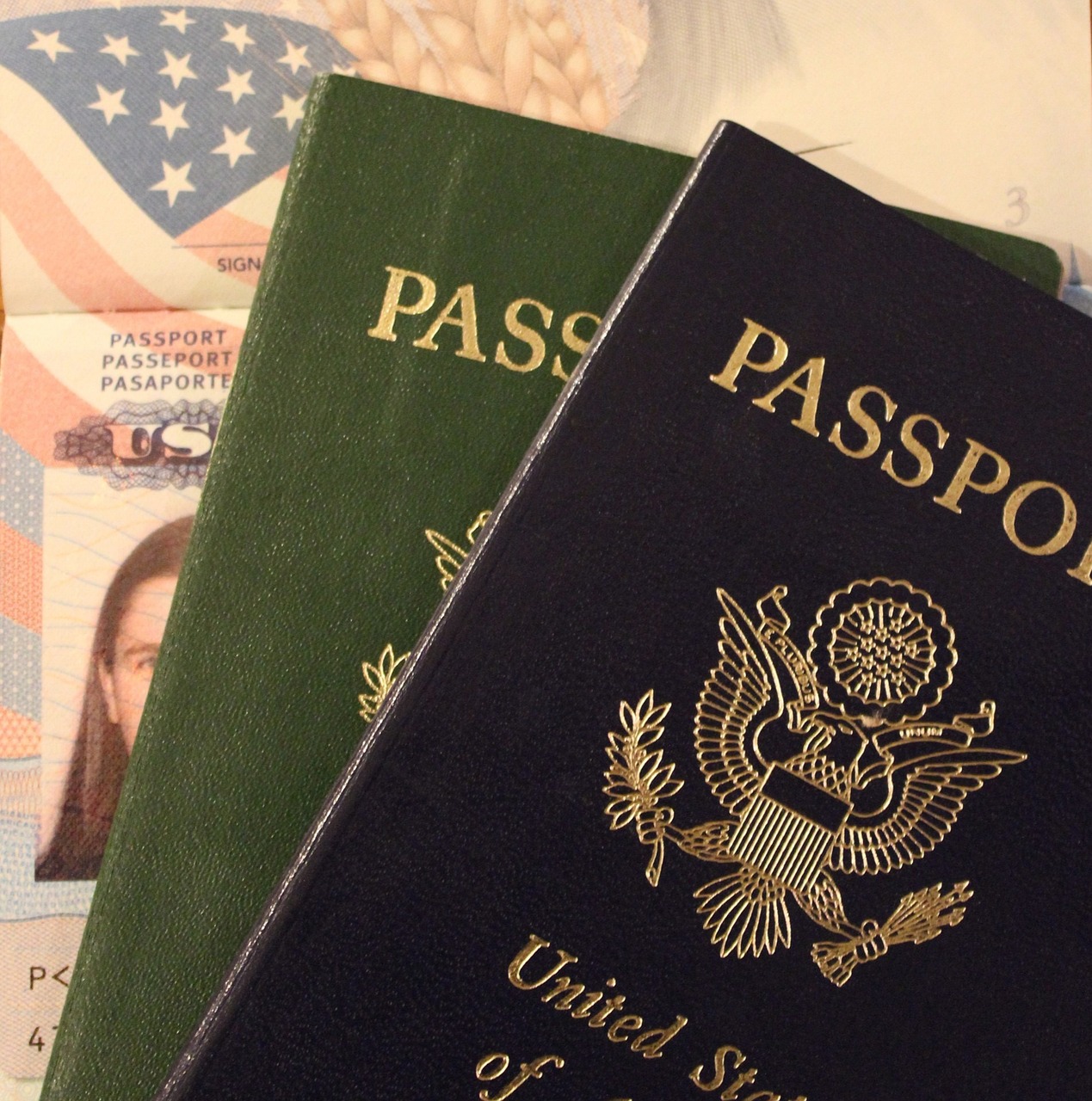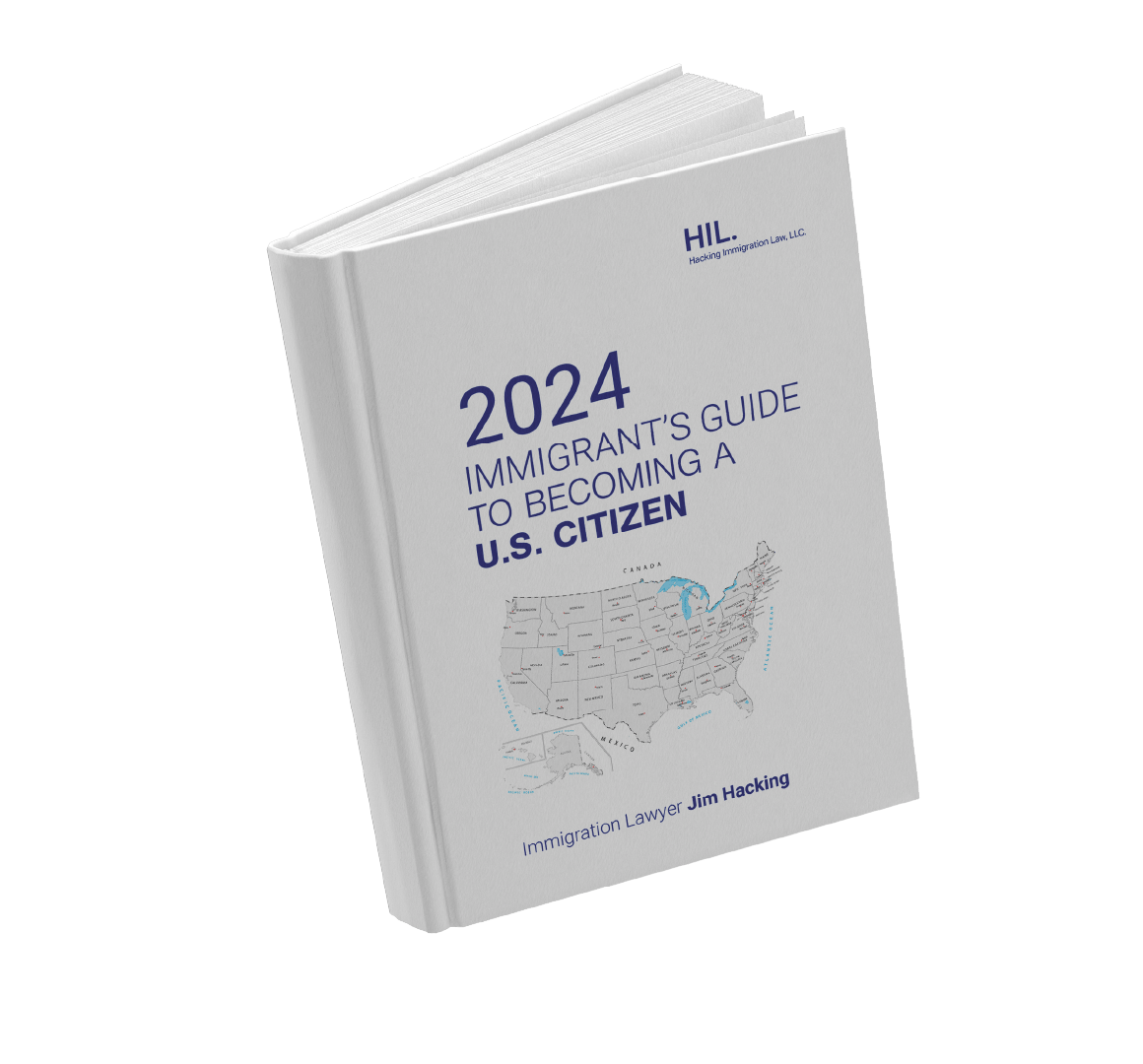The U.S. Citizenship and Immigration Services issued a rule change on May 10, 2018, that changes the method by which the agency will calculate the accrual of unlawful presence for F-1 students, J-1 exchange students and M-1 vocational students. The notice and comment period for this rule change has ended.
The stated goal of the rule change is to reduce the number of visa overstays in the U.S. currently and in the future.
Unlawful presence is defined as staying in the U.S. after the expiration of an authorized period of stay. When an international student accrues unlawful presence, it can impact their ability to obtain immigration benefits in the future.
The Trump Administration is speeding up the clock by having unlawful presence begin sooner than under previous Presidents.
Under the old rule, international students did not automatically begin to accrue unlawful presence by overstaying or violating their nonimmigrant status, for example by working without authorization. Unlawful presence did not begin until either USCIS concluded that a nonimmigrant visa violation had occurred or upon an immigration judge's ordering the person to be removed or deported from the U.S.
As of August 9, 2018, anyone present in the U.S. on an F, J or M visa, who is out of status or worked without permission will be deemed to have begun to accrue unlawful presence as of August 9, 2018. This is true without any action or rulings by USCIS or an immigration judge on the particular individual's case. If they previously began accruing unlawful presence, the prior date will govern.
Previously, unlawful presence only counted from the date the government determined there was a violation, moving forward. Now they will calculate unlawful presence retroactively to the exact date the violation actually occurred."
Moving forward, F, J or M visa holders will begin to accrue unlawful presence on the day after the student stops pursuing their course of study or the day after the person engages in unauthorized activity (like work), the day after completing their course of study and any authorized grace period, the day after their Form I-94 Arrival/Departure Record expires or the day after an immigration judge orders them deported or removed.
As with many immigrant cases, anyone who accrues more than 180 but less than 365 days of unlawful presence is subject to a three year bar on re-entering the U.S. If they accrue more than 365 days, they are subject to a ten year bar.








